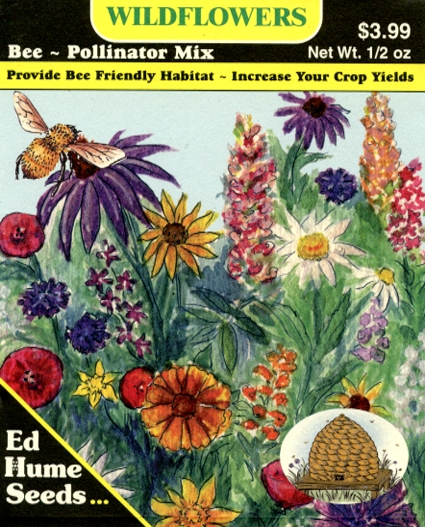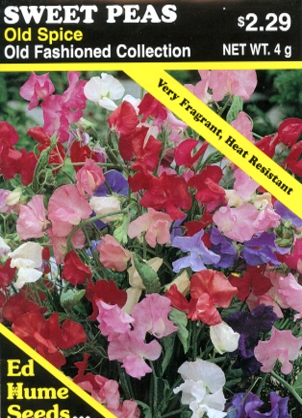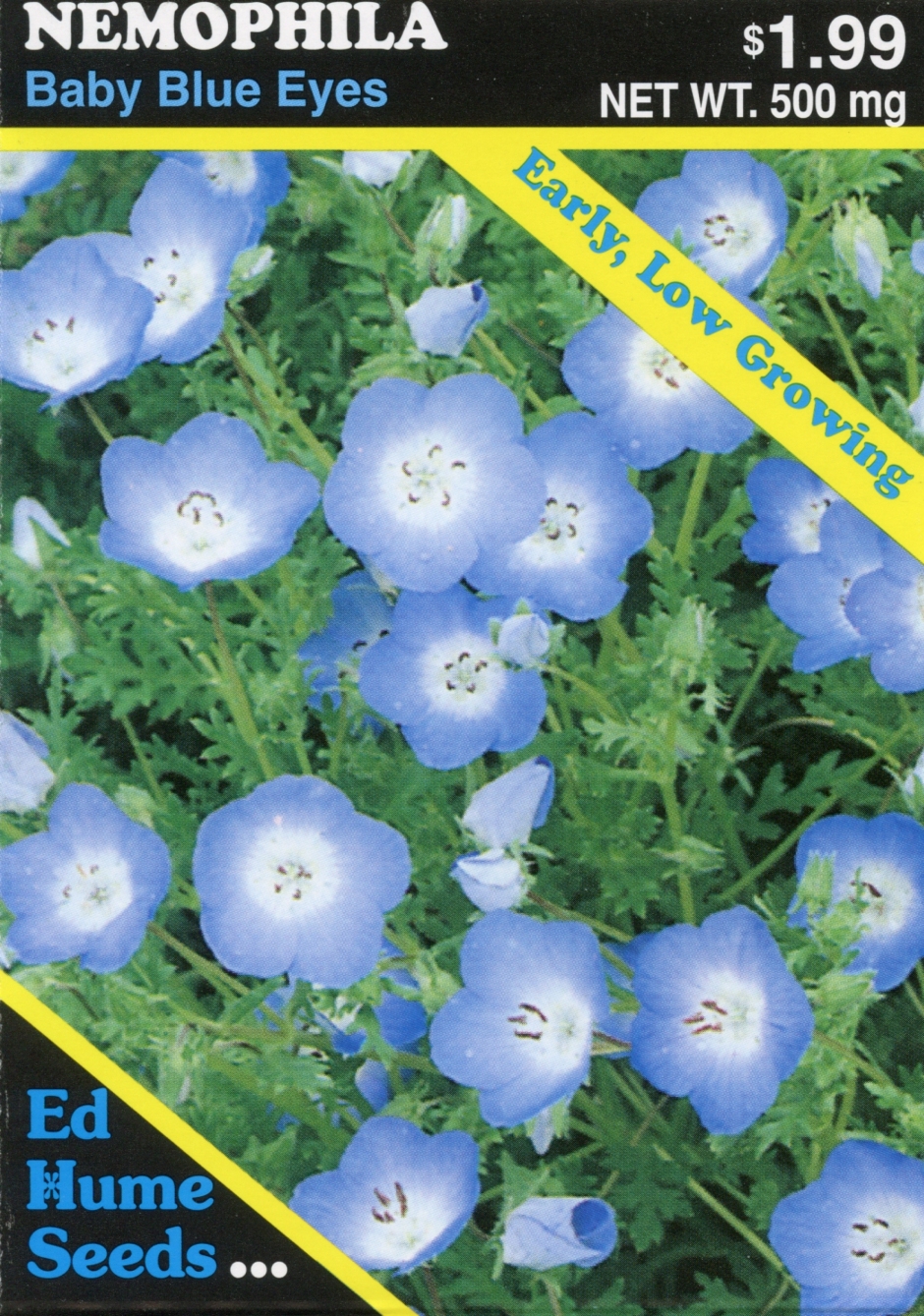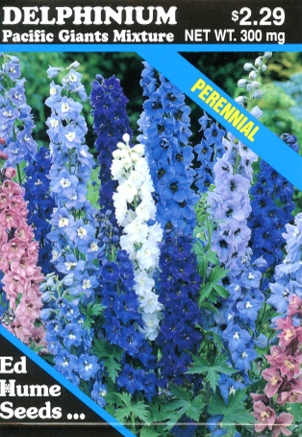SOWING: Sow seed from early Spring through Fall. Mix seed with a cup of sand or other inert material and broadcast over an area previously prepared. Lightly rake into soil or cover with light soil to a depth of 1/8 inch. Keep soil moist while germinating.
SPACING: When scattering seed mixture try to leave ample space between seeds to allow enough room for growing and best coverage of mixture.
GERMINATION: The different species germinate over a range of 1-4 weeks.
Ed’s Special Advice: Sow these seeds in a previously prepared weed free area. When possible sow nearby garden area. Combine planting with other flowering annuals and herbs for a bee friendly garden. Resow each spring in same area for best species diversity.
Flower Species Include: Lance leaved coreopsis, Purple coneflower, Sunflower, Perennial lupine, Annual lupine, Blanketflower, Crimson clover, Partridge pea, California poppy, Mexican hat, Cosmos sensation mix, Lacy phacelia, Plains coreopsis, Butterfly milkweed, Blue sage, Poached egg meadow-foam, Rocky Mountain Penstemon, Lemon mint, Bee balm.
For more information on pollinator conservation and pollinator gardening, please join Xerces society. Bring back the pollinators campaign at www.xerces.org





ZGreen –
Amazing quality and color. Like watching fireworks in slow motion. Constantly changing colors. I highly recommend this! I was able to take pictures of and categorize over 200 different species of pollinators that came to the garden.